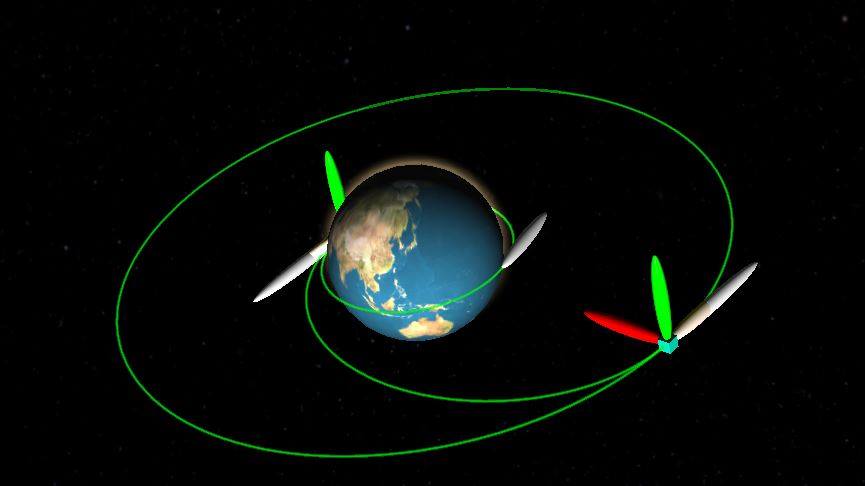It has been a very busy few months for the Project Voyager team.
But the fruits of labor are finally starting to pay off. As of our weekly work session yesterday, we have officially succeed at creating orbital insertions within an accuracy of 1km. This may sound like a lot of error, but we also know where it is coming from, and intend to bring that error down by 3 orders of magnitude within the coming two weeks. We’ve also managed to prepare a variety of ship models, added in a number of important asteroids and comets, and make some big progress on our simulator.
So with that, here are the high-level updates on the different areas of Project Voyager!
Also – feel free to click on any of the images below. They are all high-res screenshots from Voyager.
The Map
Over the past month we’ve been focused on adding important and relevant comets and asteroids to the Voyager map. More are on the way, but we are starting slowly in this area because there are so many objects to account for, and we need to ensure that we are using accurate data before we begin importing more.
We have also been focused on updating the textures and models of the planets and moons throughout the solar system. Very high-quality textures and objects are on their way to being implemented in the software – which means detailed rings for the outer planets, realistic storms and cloud cover, and a generally more beautiful interface.
Mission Planning
The team has been putting an incredibly amount of work into building, and iterating through the mission planning system. As one of the core components of the program, we need to ensure the accuracy and reliability of this system. There have been many iterations to get this to work consistently, but we have arrived at a solid method and have officially moved into the testing phase! We are running trough traditional mission plans and trajectories for existing spacecraft, and re-creating them in Voyager. From this we can derive the accurate velocities, times of flight, and orbital parameters, and compare them against Voyager’s output. Once we know how close we are, we can iterate through the software, find the sources of error, and correct them
Our next steps are going to be in automatically transitioning between spheres of influence. We have developed the math for these transfers already, and are preparing to implement them in code soon!
Mission Simulation
The mission simulation team has been working tirelessly to provide a high-accuracy simulator to the project. Researchers and coders have been pouring over the literature, and have put together a 10th order Runge-Kutta-Nyström simulator as our first and default simulation algorithm. The challenge now is integrating it with Unity and the map such that we can simulate the position of ships over long periods of time and plot both the simulated trajectory, and the diverging error, over the initial mission plan. This will give a better picture of how the maneuvers will truly effect the trajectory, and also allow for maneuvers that would not be possible in the current mission planner (Lagrange Points, Gravitational Highway, etc.).
Project Updates
On a higher-level, we are working on a number of additional items to push the project forward.
Firstly, we are developing a Project Voyager website! It can be found over at projectvoyager.ca – although it is still under construction. This site will host general information about the project, as well as regular development updates and reference info for the software.
Secondly, we are beginning to plan for the Beta phase of software development. Once the base functionality is completed, we will be moving into this phase – and there is going to be a LOT of development here. We are going to be adding an incredible amount of functionality, designing the interface, and most excitingly: adding all of the star systems within 15 light-years to the map. This is a complicated endeavor, especially as the trajectories of these star systems must be very accurate over time, but it is a challenge we are excited to take on. We already have a method worked out for how we are going to approach this problem, and we are going to start working through it soon.
Third, we are working on new sets of icons and animations to be used in the interface. This is a newer area for us, but we are very happy with our initial results. As a quick preview, we’ve linked an early version of our ‘hover marker’ icon and animation here.
So that’s a wrap for the Project Voyager update. We’ll be doing more regular updates on the Icarus Blog, so please stay tuned for more soon!






